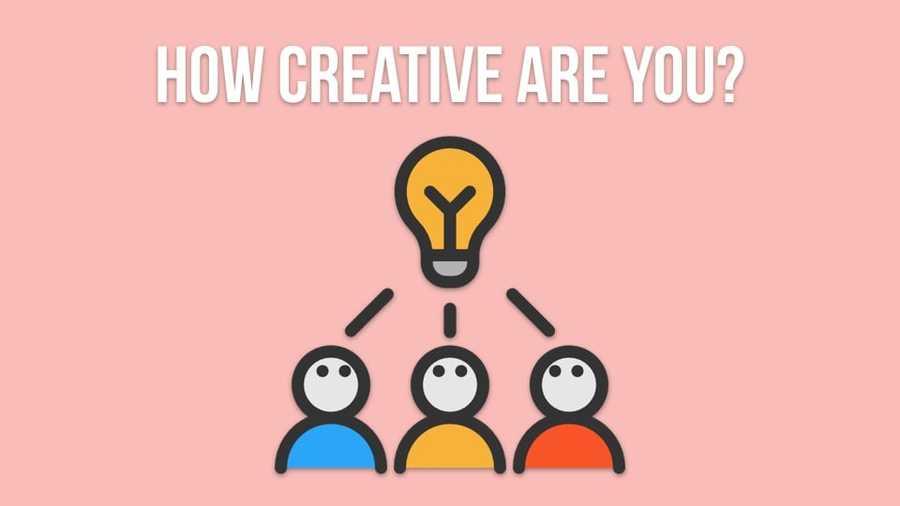Four Steps To Practise CPS: 1. Formulate Questions
The first step is to understand what the problem is. By turning the problem into a set of questions, you can explore the issue properly and fully grasp the situation, obstacles, and opportunities. This is also the time to gather facts and the opinions of others, if relevant to the problem at hand.
142
949 reads
CURATED FROM
Creative Problem Solving: from complex challenge to innovative solution
nesslabs.com
11 ideas
·12.8K reads
IDEAS CURATED BY
Learn Creative Problem Solving in 5 minutes.
“
The idea is part of this collection:
Learn more about problemsolving with this collection
How to beat procrastination
How to enhance your creative thinking
How to create a smooth transition in a new endeavor
Related collections
Similar ideas to Four Steps To Practise CPS: 1. Formulate Questions
#1 Define the problem.
Clearly understand what exactly is the problem.
Get the real facts, not the apparent facts or the obvious facts but the real facts of the situation. It's amazing how much time and energy is wasted every day attempting to solve problems when the people involved are not eve...
1. Commit yourself to creativity
The first step to fully devote yourself to developing your creative abilities.
Do not put off your efforts. Set goals, enlist the help of others, and put time aside each day to develop your skills.
Define the problem
Ask people to explain it to you a few times. Keep asking questions to really get to the root of the problem.
Then go ahead and explain the problem to someone else, just to make sure you really understand it. Often times, simply formulating the problem and explaining it to others can hel...
Read & Learn
20x Faster
without
deepstash
with
deepstash
with
deepstash
Personalized microlearning
—
100+ Learning Journeys
—
Access to 200,000+ ideas
—
Access to the mobile app
—
Unlimited idea saving
—
—
Unlimited history
—
—
Unlimited listening to ideas
—
—
Downloading & offline access
—
—
Supercharge your mind with one idea per day
Enter your email and spend 1 minute every day to learn something new.
I agree to receive email updates


